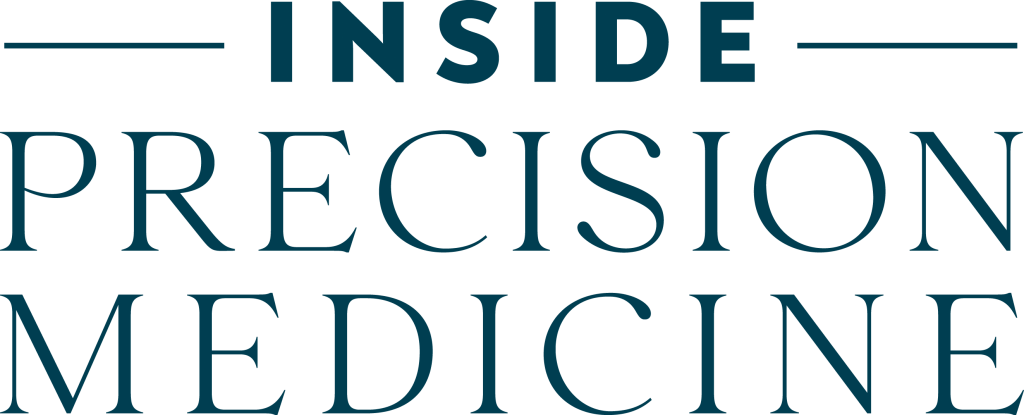
A C-to-G Base Editor (CGBE), using CRISPR, has been developed by a team of researchers from the Agency for Science, Technology and Research’s (A*STAR) Genome Institute of Singapore (GIS). This advance opens up treatment options for approximately 40% of the single-base substitutions associated with human diseases such as cystic fibrosis, cardiovascular diseases, musculoskeletal diseases, and neurological disorders.
The A*STAR teams work was published in Nature Communications on 2 March 2021.
One in seventeen people in the world suffers from some type of genetic disorder. Mutations responsible for these disorders can be caused by multiple mutagens – from sunlight to spontaneous errors. The most common mutation by far is the single-based substitution, in which a single-base in the DNA (such as G) is replaced by another base (such as C).
For example, many cystic fibrosis patients have C instead of G, leading to defective proteins that cause this disease. In another case, replacing A with T in heamoglobin causes sickle cell anaemia.
To fix these substitutions, the A*STAR tea devised a CRISPR-based gene editor that precisely changes the defective C within the genome to the desired G.
The CGBE editor advances the widely adopted CRISPR-Cas9 technology to enable molecular surgery on the human genome. The CRISPR-Cas9 technology is routinely used to disrupt target genes, but it is inefficient when a precise change to particular sequences is desired.
The editor resolves a key aspect of this challenge by enabling efficient and precise genetic changes. CGBE consists of three parts: 1) a modified CRISPR-Cas9 will pinpoint the mutant gene and focus the entire editor on that gene; 2) a deaminase (an enzyme that removes the amino group from a compound) will then target the defective C, and mark it for replacement, and 3) finally, a protein will initiate cellular mechanisms to replace that defective C with a G. This enables a previously unachievable direct conversion from C to G, correcting the mutation and, consequently, treating the genetic disorder.
Based on their study, the gene editors they have designed perform C:G to G:C editing with up to 90% purity.
Chew Wei Leong, Senior Research Scientist at GIS, said, “The CGBE gene editor is a ground-breaking invention that for the first time, directly converts C to G in genes, which potentially opens up treatment avenues for a substantial fraction of genetic disorders associated with single-nucleotide mutations.”
“The safety of patients is critical,” Chew emphasized. “We are working to ensure our CGBE and CRISPR-Cas modalities are both effective and safe in disease models before we can further develop such modalities for the clinic.”
Patrick Tan, Executive Director of GIS, said, “Novel editors such as CGBE are expanding the growing suite of precise genome-editing tools that include cytidine base editors (CBEs), adenine base editors (ABEs), CGBEs, and prime editors. Together, they enable the precise and efficient engineering of DNA for research, biological interrogation, and disease correction, thereby ushering a new age of genetic medicine.”















